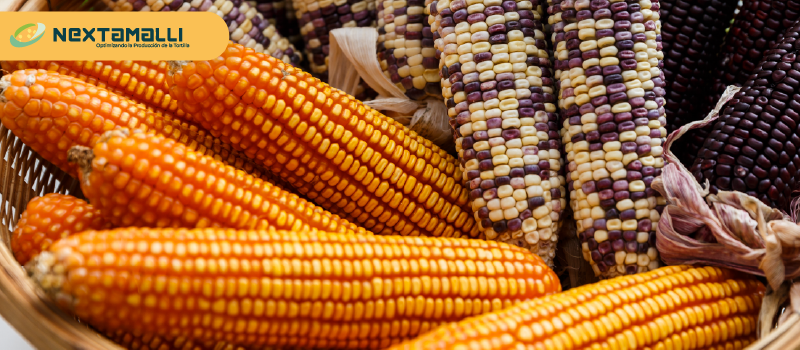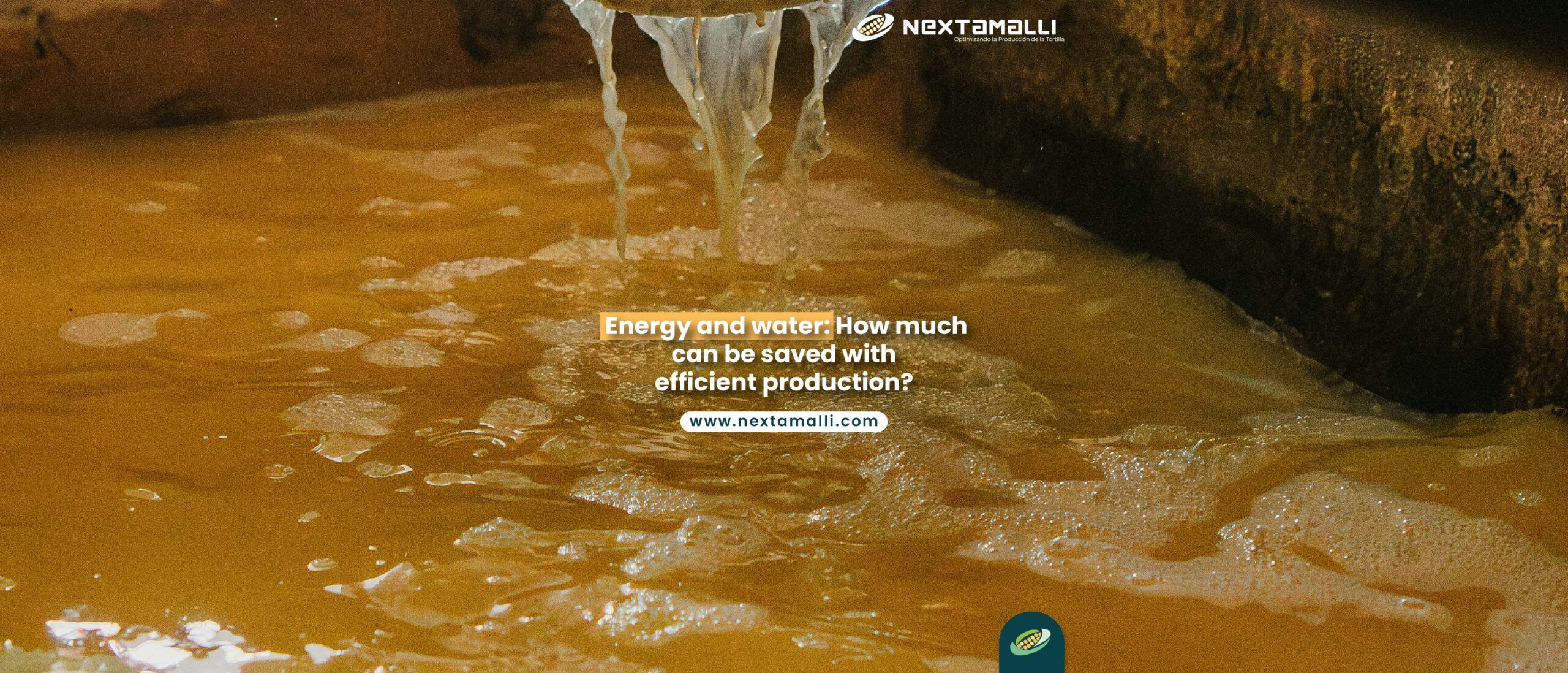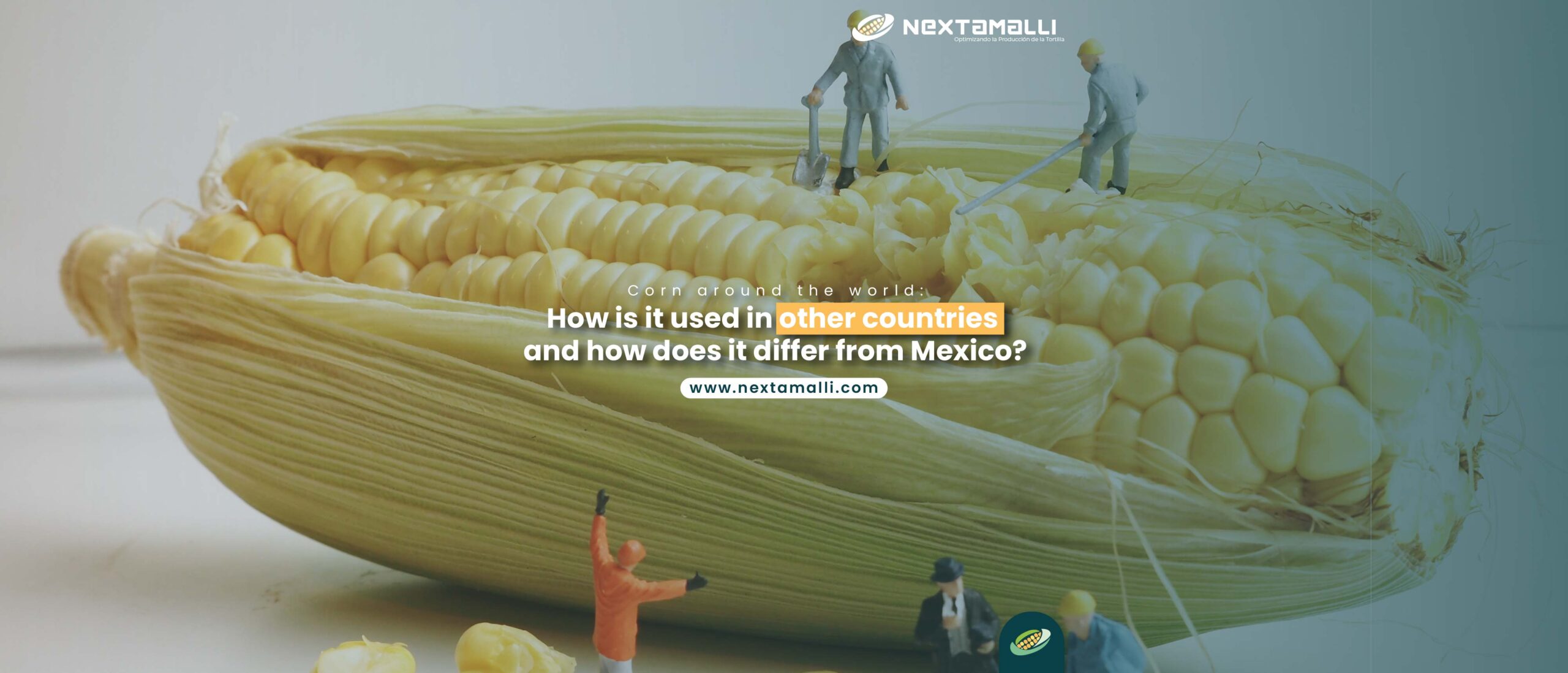Nixtamalization is a traditional process that involves soaking dried corn kernels in an alkaline solution, usually made from water and calcium hydroxide (also known as cal or slaked lime), to create nixtamal. This process has been used for centuries in Mesoamerican cultures to improve the nutritional value and flavor of corn, and is still widely used today in the production of tortillas and other corn-based foods.
However, not all types of corn are suitable for nixtamalization. In general, corn varieties with a high proportion of soft or floury endosperm are preferred, as they produce a softer and more pliable masa (dough) that is easier to work with. Corn varieties with a high proportion of hard or flinty endosperm, on the other hand, tend to produce a masa that is more difficult to shape and can result in tough or chewy tortillas.
Some of the most commonly used corn varieties for nixtamalization include:
Dent corn: This is the most widely grown type of corn in the United States and is commonly used for animal feed and industrial applications. Dent corn has a soft, starchy endosperm that is well-suited for nixtamalization and is commonly used in the production of tortillas, tamales, and other corn-based foods.
Flint corn: Also known as Indian corn, this type of corn is commonly used in the production of hominy, a dish made from nixtamalized corn kernels that are simmered until tender. Flint corn has a hard, dense endosperm that is less suitable for tortilla production, but is ideal for soups, stews, and other dishes that require whole corn kernels.
Blue corn: This variety of corn is prized for its nutty flavor and distinctive blue color. Blue corn has a relatively high proportion of soft endosperm and is well-suited for nixtamalization. It is commonly used in the production of blue corn tortillas, tamales, and other foods.
White corn: This variety of corn has a relatively low proportion of soft endosperm and is less commonly used for nixtamalization. However, some producers prefer white corn for its mild flavor and ability to produce a white or light-colored masa.
In addition to the type of corn used, other factors such as the quality and freshness of the corn, the temperature and duration of the nixtamalization process, and the type and concentration of the alkaline solution can all affect the quality of the resulting masa. It is therefore important to carefully select and prepare the corn to ensure a high-quality masa and delicious final product.
References:
- Casas, A., Otero-Arnaiz, A., & Pérez-Negrón, E. (2007). In situ management and domestication of plants in Mesoamerica. Annals of Botany, 100(5), 1101-1115.
- Mora-Escobedo, R., Perea-Domínguez, X., & Bello-Pérez, L. A. (2021). Maize nixtamalization: A review. Food Reviews International, 37(2), 196-223.
- Whistler, R. L. (2009). Corn: Chemistry and technology. Academic Press.





